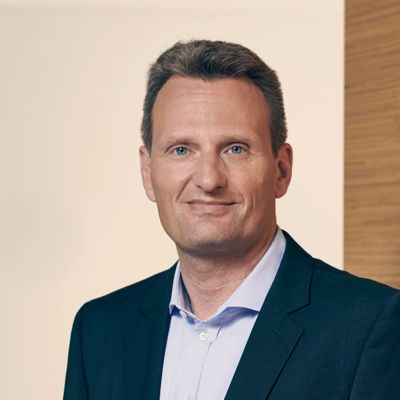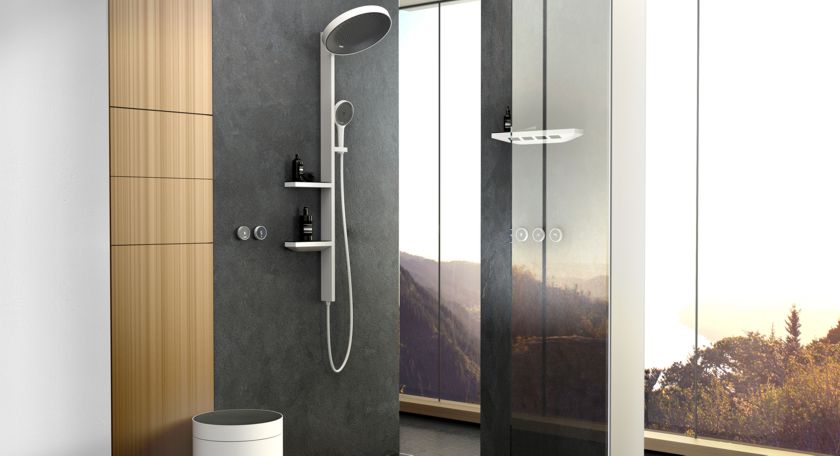PHOENIX DESIGN
Phoenix Design was founded in Stuttgart in 1987 by Tom Schönherr and Andreas Haug. Today the firm employs a workforce of approx. 80 people and has locations in Munich and Shanghai as well. Its clientele includes prestigious companies from both the consumer goods and capital goods sectors.
www.phoenixdesign.com
www.phoenixdesign.com
HANSGROHE
Founded in the Black Forest as a three-man firm in 1901, Hansgrohe is still based in the same area. The most notable innovations launched by Hansgrohe include the hand shower (1928) and shower column (1953). The company owns more than 16,000 patents. Today the Hansgrohe Group comprises 33 companies, operates all over the world and employs approx. 4,700 people.
www.hansgrohe.com
www.hansgrohe.com






